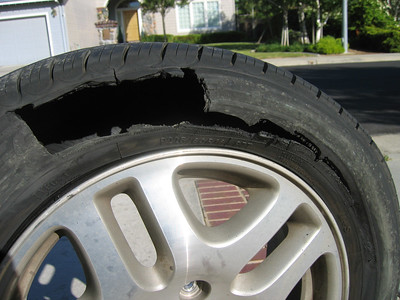A newly released report by the National Student Clearinghouse suggests that community college students might literally be setting themselves up to fail. The report looks at students in private and public two- and four-year schools to discern patterns that promote either student success or failure. The report identifies factors like college readiness, taking too few credits per term, and not completing all credits attempted.
Almost as a rule, college students – regardless of the institution type – take too few credits to graduate on time. Additionally, they tend to complete 25% fewer credits than they attempt in any given semester. This severely reduces the likelihood that students can graduate on time and increases the cost of attendance for most students.
Ironically, the students who complete the most credits are those at private, four-year schools. While there’s no solid explanation for this, the completion rate may be an effort to minimize the cost of attendance, or it could be the result of better advising and academic planning.
Another predictor of on-time completion is college readiness in both math and English. Students who were “college ready” in both subjects successfully completed more credits attempted than students who were only partially college-ready or not college-ready in these two subject areas.
Community college students who sought an associate degree or certificate and transferred into a school or program were also more likely to complete the credits they enrolled in. Transferring was a slight liability for students seeking a bachelor’s degree.
The report offers additional analysis regarding the likelihood of credit and degree completion under a variety of circumstances. The information could be especially useful for schools that would like to increase their graduation rates. Identifying decision-making points that lead community college students away from academic success can help reduce student attrition.
Preparing community college students to succeed
Schools should strongly advise community college students to create an educational plan for themselves in their first semester. Adding intentional elements to a plan, such as specific coursework or the number of credits to take, can help community college students stay on track, even if they don’t plan to graduate “on-time.” At the end of every semester, students should update their educational plan to reflect the number of credits they’ve earned.
During enrollment periods, schools should encourage students to take the minimum number of credits required to enable them to graduate on time. Focusing the student on completion of a degree program is likely to increase both the number of completed credits and the number of completed degrees.
Making completion of a degree or certificate the campus-wide focus will also likely reveal barriers to student success. (Lack of advising, transportation, basic needs, childcare, housing, readiness deficiencies, etc.) By recognizing and eliminating these barriers, schools can help students cross the finish line.
There’s no reason an institution like Washtenaw Community College can’t do a better job of advising and supporting students as they seek to complete an educational program. Much of the highest quality academic advising comes from WCC’s full-time faculty. (It always has.) By itself, that’s another reason to increase the number of full-time instructors on the payroll.
Photo Credit: Kristin Harvey, via Flickr
















